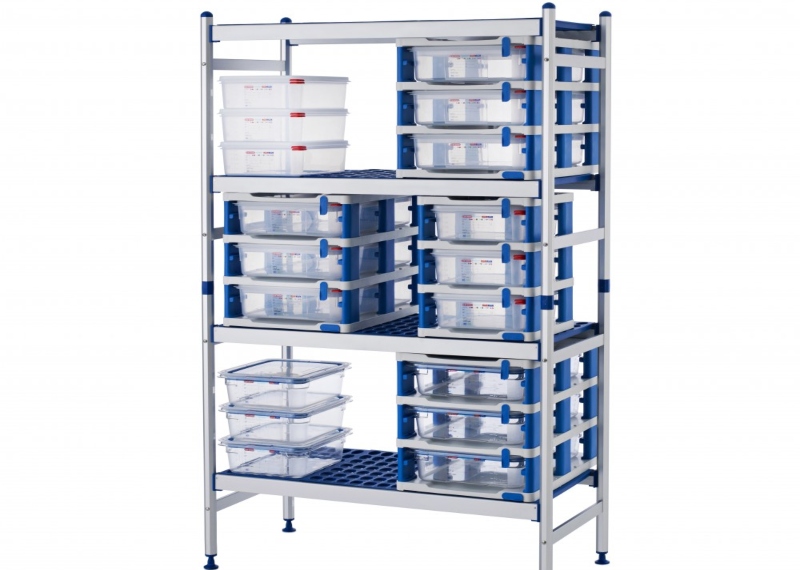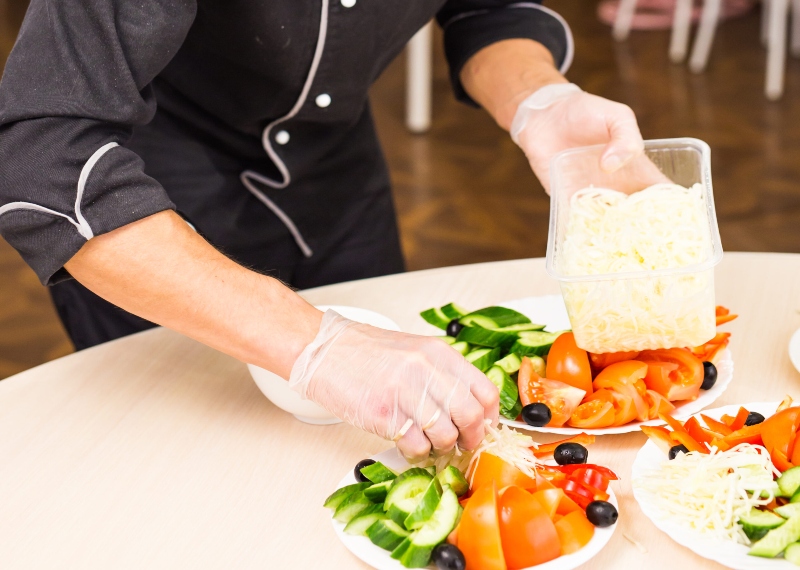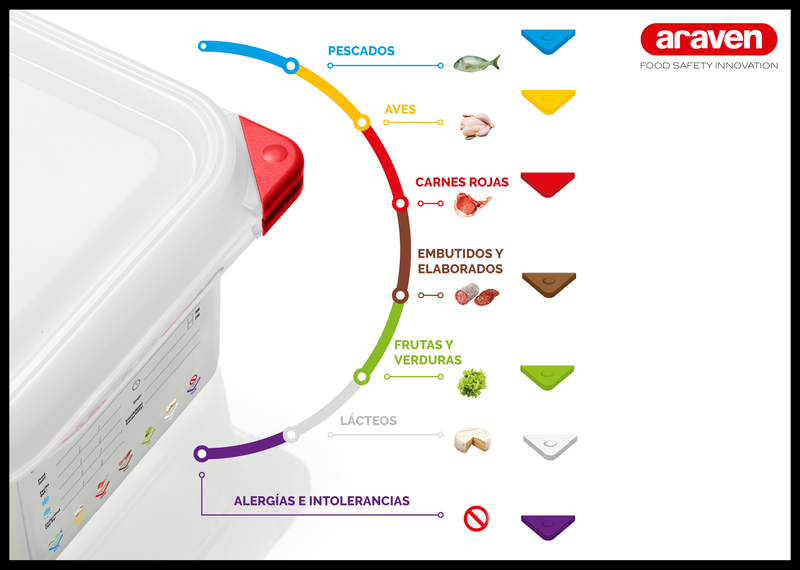Araven provides some tips and good hygiene practices to organise the cold storage room, helping professionals carry out their daily work and improve food management in their kitchens.
The lack of space and great variety of food stored, together with the frenetic activity that exists at certain hours of the day in the kitchens of many restaurants, requires a high level of coordination of all the staff who work there. In this sense, it is worth noting that the correct organisation of the cold storage room will comply not only with the objective of improving productivity in the kitchen, but also with the objective of reducing health and hygiene risks. Below, we provide some tips and good hygiene practices that will help professionals carry out their daily work and improve food management in their kitchens.

One of the main health and hygiene risks faced by a professional kitchen is cross contamination. By cross contamination we understand any contamination produced when typical bacteria from one type of food pass to another, causing it to deteriorate. This type of contamination is extremely dangerous when it occurs between prepared food and raw food, or when it occurs in food that will not receive any heat treatment later on (boiling, roasting,…).
To avoid this type of contamination, the market provides cutting board, knives, food containers, etc., which by means of color coding, classify the food depending on its typology, so that we will always use the same utensils when working with one same type of food: poultry, red meat, vegetables/fruit or fish.
In this same sense, there are Good Hygiene Practices that prevent the appearance of cross contamination, improving the management of raw materials. The ideal situation occurs when there are perfectly isolated and delimited areas in the establishment, depending on the type of food. Thus, we could have a cold storage room for fruit and vegetables, another for meat, another for fish and another for desserts and dairy produce. This is the ideal situation for large-sized establishments: hotels, large restaurants, main kitchens,… however, this alternative is not feasible in a small establishment, so it is especially important to follow some practical advice:
– Containers with prepared food that is preserved to be heated just before it is served must be covered and placed on the upper shelves. Thus, we prevent any type of remains that might generate cross contamination from falling onto food that has already undergone heat treatment. If, on the contrary, remains of prepared food should fall onto raw food, the subsequent heat treatment of that food would eliminate these bacteria, reducing the contamination risk.

–Fruit and vegetables that are going to be eaten raw: lettuce, tomatoes, carrots,… must be placed in an area of the cold storage room that is separated from the rest, trying not to mix them with any other type of food on the same shelf. If this is not possible, try to cover them and protect them by placing them on the top shelves, to prevent remains of other food falling onto them that might produce contamination.
–Raw food and vegetables that will be prepared with heat treatment before being eaten (roasting, boiling,…) will be placed on the lower shelves in the cold storage rooms. Thus, even though remains of prepared food should fall onto the raw food, the subsequent heat treatment would eliminate the bacteria of this food, reducing the contamination risk. Raw fish and meat will be placed on the middle shelves in the cold storage room. In this case, any food that may give off liquid will be placed at the bottom so that, if this liquid spills, there is no cross contamination with the food above.




